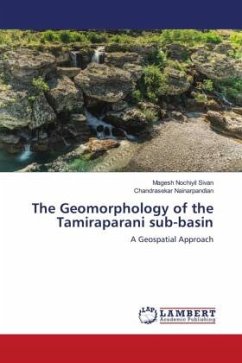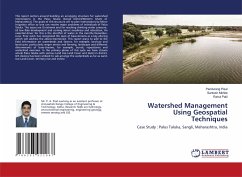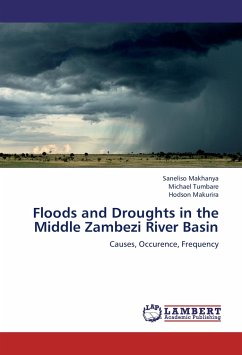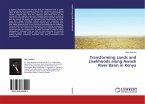The use of Digital Elevation Model (DEM) and satellite images has revolutionized the mapping of geomorphic landforms around the world. The study area has a wide variety of geomorphic landforms such as structural, denudational and residual hills followed by inselberg, valley fill, shallow flood plains, pediment, shallow and moderately weathered pediplain, upper bajada, linear ridges, point bars, active channel belt, channel lags and channel bars. The aerial distribution of these landforms is controlled by fluvial and tectonic settings of the study area. This study provides a cost effective technique for mapping the geomorphic landforms where data availability is meager. The application of GIS in mapping the geomorphic landforms along with supportive layers provide useful information with greater accuracy. This emerging technique is widely used in the field of information system sciences as a fore runner for developing a digital earth.








